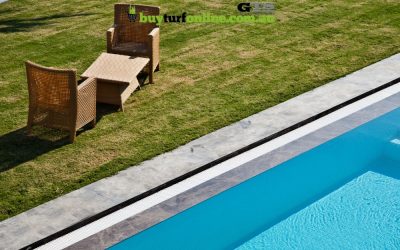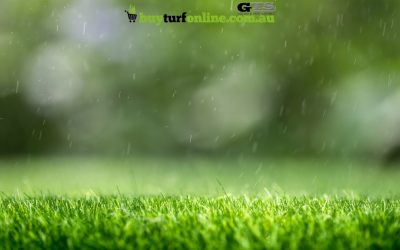Your #1 Guide to Turf Underlay
Quick Links
Your Guide To Turf Underlay
Laying turf for your new lawn is an extremely exciting time.
Your garden will be completely transformed, and your family will soon have a green space to relax and play.
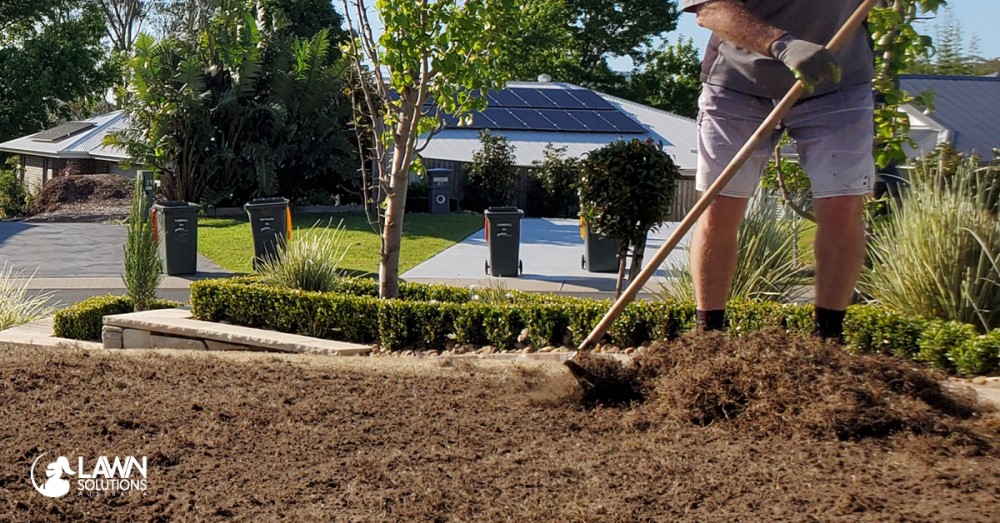
To give your new lawn the best chance to grow and thrive in your garden, it’s important to give it the foundations it needs with quality turf underlay.
What Is Turf Underlay?
Turf underlay is a soil mix designed for turf development & refurbishment. It can also be used for levelling uneven ground areas.
Turf underlay has been specially crafted for optimal drainage. It’s perfect for promoting the growth of turf and providing strong support for roots.
Additionally, it works exceptionally well for replenishing depleted turf areas to encourage regrowth and is an ideal choice for stabilising uneven ground areas.
Comprising a blend of sifted sand, soil, and decomposed organic matter, turf underlay incorporates vital nutrients that facilitate rapid growth and the ongoing health of new turf areas.
This natural fertiliser supplement also supports robust root development, ensuring sustained growth even during the winter months, resulting in lush green grass.
Why You Should Use Turf Underlay
Turf underlay is a crucial element of installing a new lawn. It gives your lawn the nutrients it needs to establish and grow.
Not only will the natural fertiliser additive give your new lawn the best chance of healthy growth and root development, but free-draining medium in the soil will allow for free-flowing water movement.
Do You Need Underlay For Turf?
In short, yes. Turf underlay is the foundation for new turf growth as it gives your lawn the essential nutrients it needs so roots properly grow.
It also allows for effective water use and retention and supports healthy root systems that protect your turf from drought and winter frost.
Types of Turf Underlay
There are a few different types of turf underlay.
80:20 Sandy Loom
Sandy loam consists of 80% double-washed sand and 20% naturally washed soil.
It is the preferred option for use as an underlayer and is equally excellent for enhancing established lawns when used as a top dressing.
Evergreen Lawn Blend
The Evergreen Lawn Blend is a nutrient-rich mixture of compost and sand, perfectly suited for both underlay and topdressing applications on various turf types.
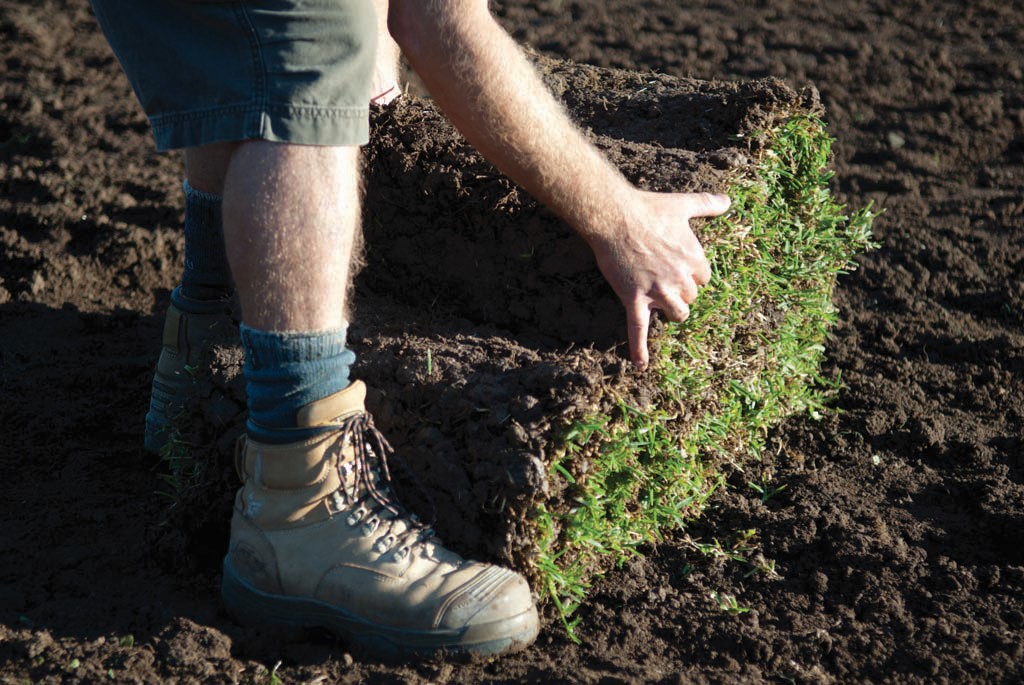
Recycled Turf Underlay
Recycled Turf Underlay serves as a cost-effective choice primarily intended for filling purposes.
It’s important to note that this underlay is generally not suitable or advisable for most turf types, except for robust varieties like Kikuyu, which can thrive on a thick layer of recycled turf underlay.
Topsoil
Although topsoil shares most characteristics with an 80/20 mixture, it contains slightly less sand and is marginally denser.
How Much Turf Underlay Do I Require?
When calculating how much turf underlay you’ll need, you first should work out what depth of soil you’d prefer.
At a minimum you should have at least 75mm of depth, however it is recommended that you have a depth of 100mm of turf underlay.
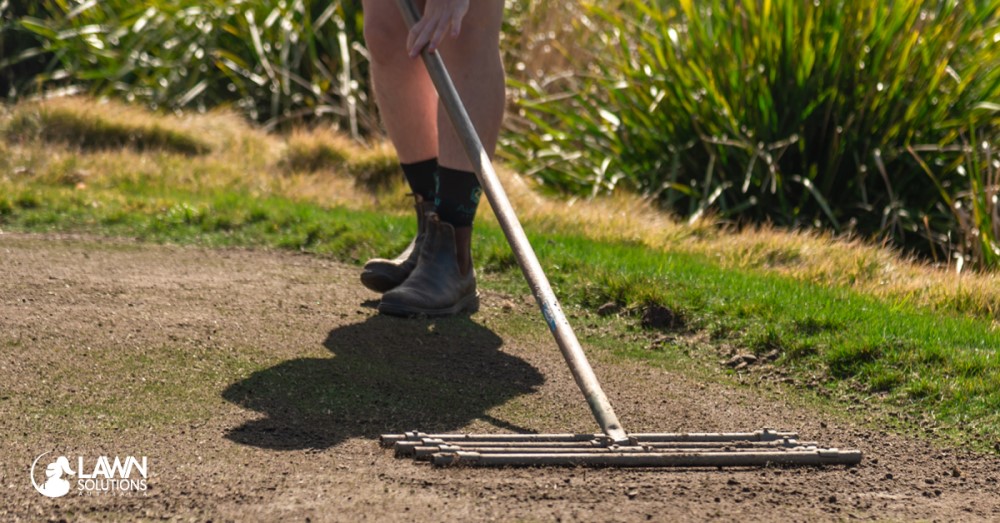
If you are also installing a pathway, driveway or garden edging, you should account for 25mm – 40mm extra depth so that everything is level on your turf is installed.
This means that if you have 75mm of underlay for where your turf will be installed, you’ll raise the height of underlay to 100mm where paths, drives or edging will go.
Then, once your turf is installed and it is mowed to a height of 25mm, it will be in line with your driveway or other surfaces.
To determine the quantity of underlay you should order, you’ll need to have information about the surface area where you intend to lay your turf and the desired underlay depth.
Just multiply these two figures to obtain the cubic meters (m³) you need, and then add 25% to convert this measurement into tonnes.
Turf Underlay Formula
Break your lawn into simple shapes that you can measure and add together.
For rectangles, measure two sides; side A and B. Multiply them together to get the area.
Example: area is 8m x 8m
A x B = Area
8 x 8 = 64m2
For a triangle, measure the width of the triangle and the length. Then, times together the width and half of the length to get the area.
For a circle, measure the diameter of the circle and halve it. Then, times it by pi (3.84) to get the area.
Once you know the total area of the yard, simply times it by the desired depth.
Area x depth = M3
64m2 x 0.075 = 4.8m3
Add 25% to convert m3 to tonnes
4.8m3 + 25% = 6 tonnes
How to Apply Turf Underlay
- Choose your underlay and measure the area you need for your yard using the formula above.
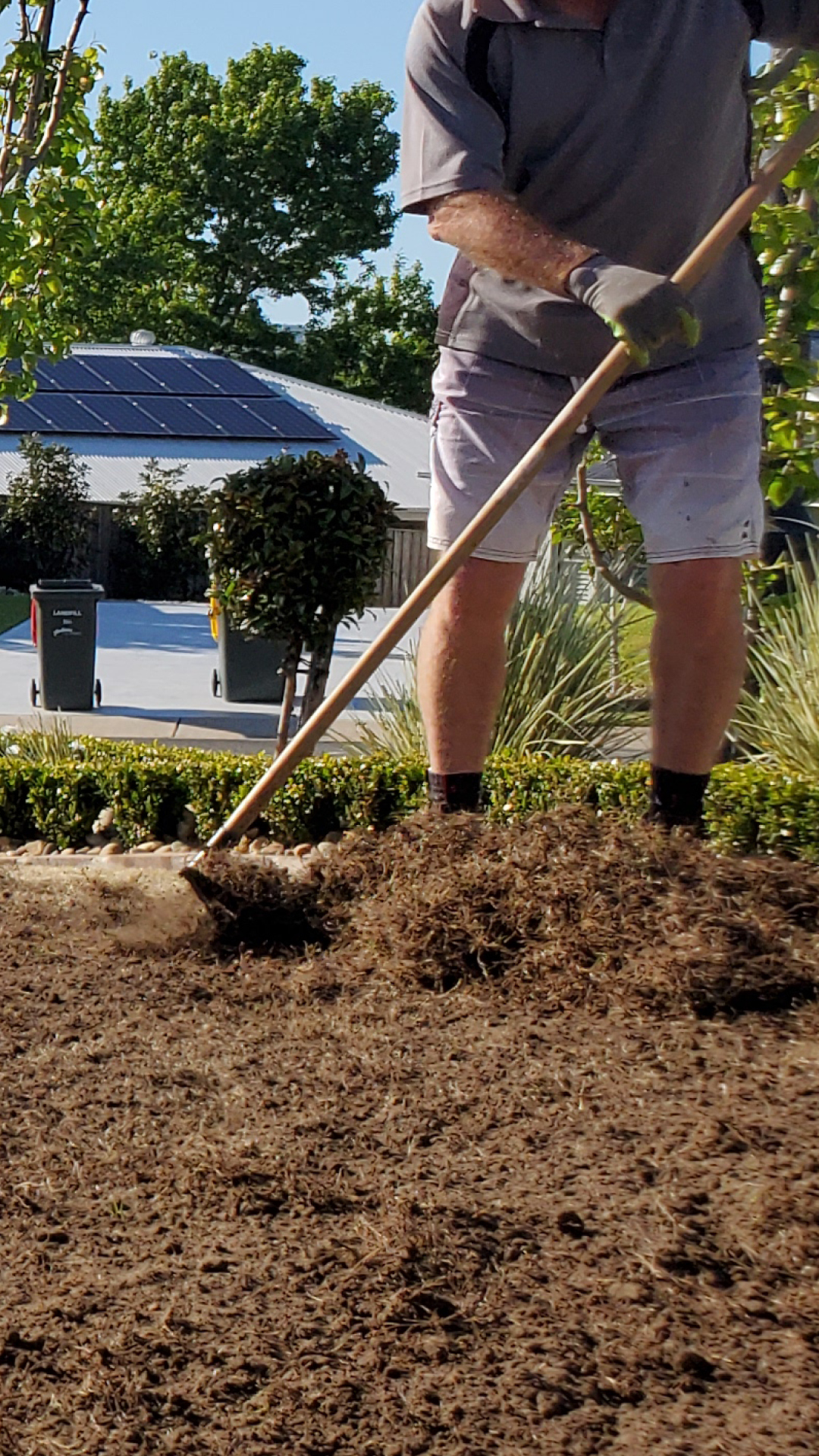
- Remove any weeds or foreign objects from the area and loosen the existing soil to ensure that water can move freely beneath the turf underlay. If your existing soil is clay based, you may need to apply gypsum to loosen it.
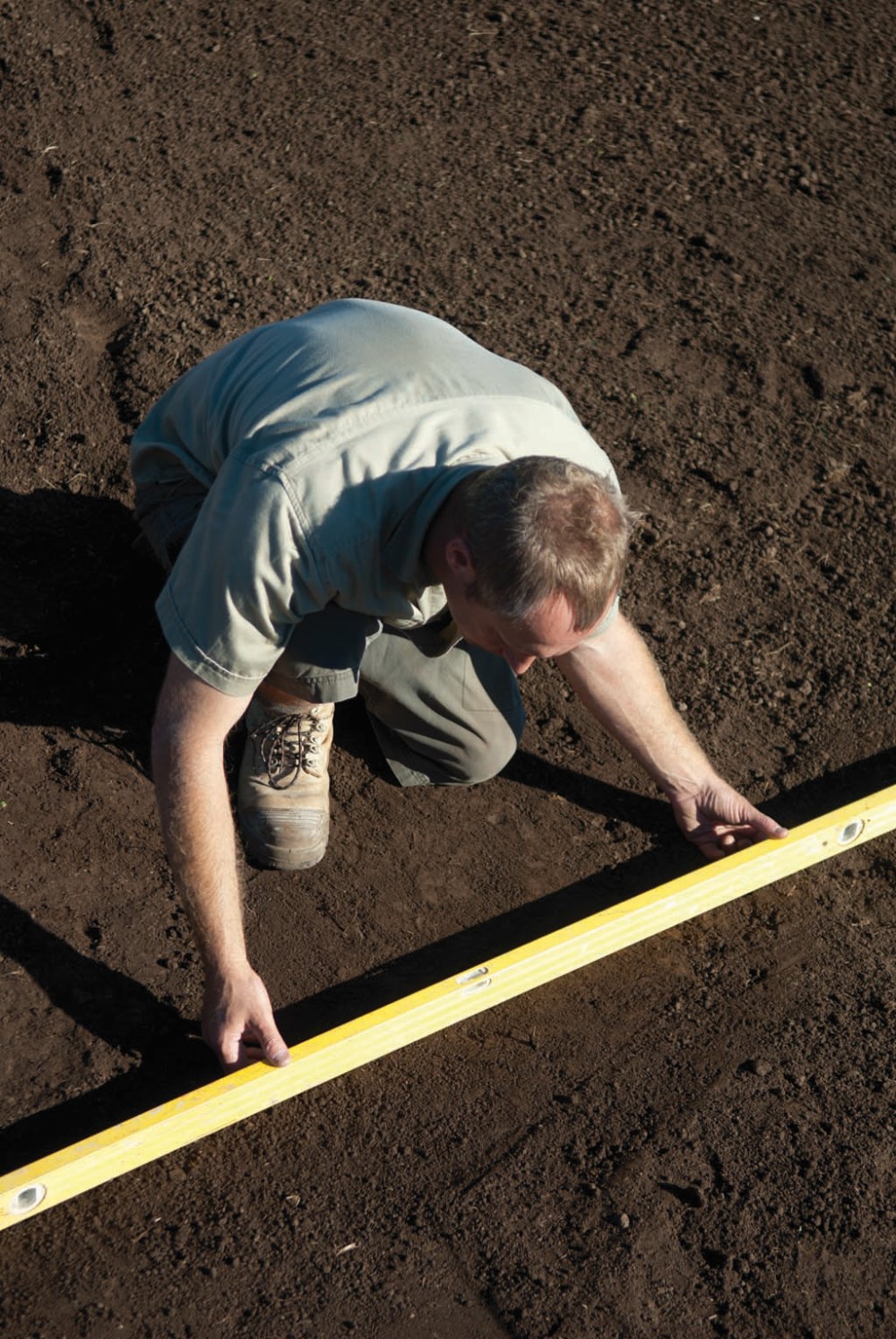
- Spread the underlay across the area. Then level, roll and water the underlay before installing your new turf.
Turf Underlay FAQs
What Is The Best Underlay For Turf?
A perfect choice for promoting turf growth is a sandy loam underlay, comprising about 20-30% soil and 70-80% sand.
For optimal root support in your lawn, it’s crucial that the blend includes a harmonious combination of thoughtfully selected nutrients and minerals.
How Thick Should Turf Underlay Be?
When using turf underlay, it is advised to apply it at a depth of 100mm, but a minimum depth of 75mm is acceptable.
What Can I Use As A Turf Underlay?
Turf underlay generally is a mix of the following;
- Washed river sand with medium to course particles,
- Some heavier soil is generally added which helps to hold moisture,
- The addition of sand creates a free-flowing profile for water movement,
- Finally, a composted material is then added. This could be green waste, chicken or animal manure, and some natural fertiliser additive to help balance your PH levels.
What Is The Best Soil To Put Under Turf?
The right under turf soil combines free draining material such as sandy loam to allow for water to move through the material.
It should have organic matter which retains water and food for your new turf.
read more!
recent posts
Poolside Turf: Choosing and Maintaining Grass Around Pools
There’s nothing quite like stepping out of a swimming pool onto soft, lush grass. But when it comes to finding the best grass for around a pool, not all lawns are created equal. Chlorine pools, heavy foot traffic, and the unforgiving Australian sun can take a toll on...
Keeping Your Lawn Green and Healthy During the Summer Heat
Discover the best grass options for your lawn with our complete guide. Make informed choices for a lush, healthy yard. Read more to find your ideal grass!
Enhancing Backyard Play Areas for Kids with Turf
Can you put a playset on turf? You bet you can! Natural grass is the perfect surface for creating a safe and fun play area. With the right approach, you can make sure your turf stands up to kids’ adventures while looking great all year round. Let’s explore how to...

Our Turf
TifTuf Bermuda
Buy Turf Online © 2019 All Rights Reserved. | Proudly Designed and Developed by Sydney ICT

